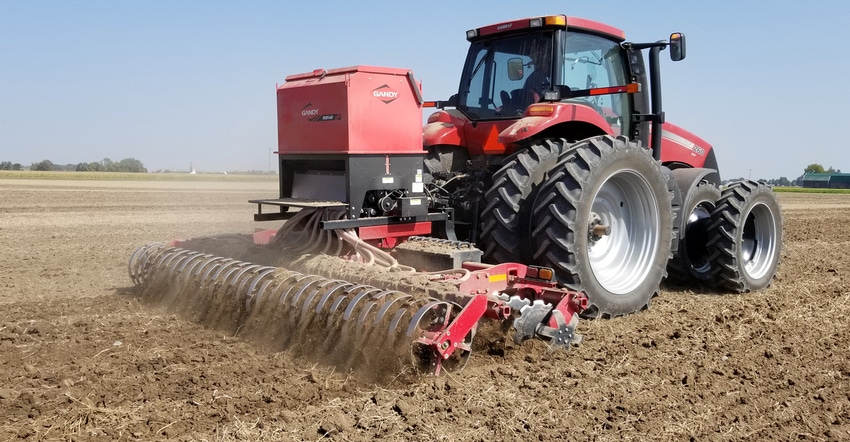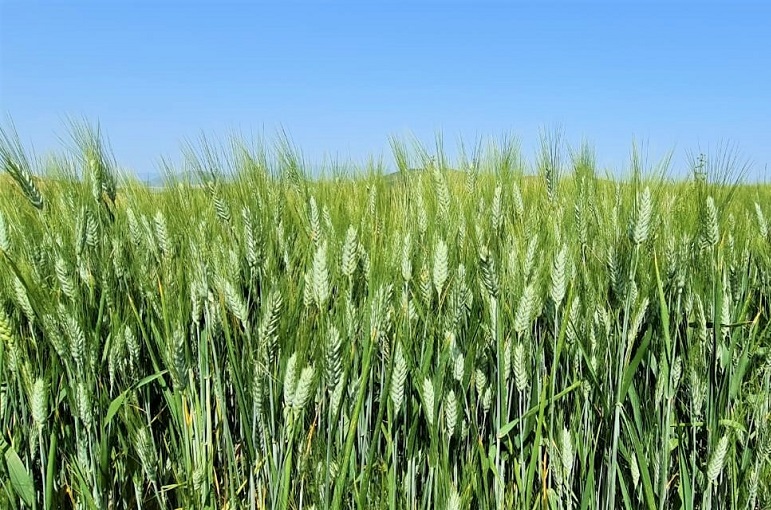vitamins and minerals of Different types of millets in india vitamins and minerals of finger milet finger milet Ragi Nutrition Content: The B complex vitamins - thiamine, riboflavin, niacin and folic acid as well as calcium, magnesium, iron and phosphorus are also found in ample amounts in ragi flour, truly justifying its status as a wholesome breakfast cereal and a superfood. vitamins and minerals of kodo milet kodo milet Kodo millet is a highly nutritious grain and an excellent substitute to rice and wheat. It has high protein content (11%), low fat (4.2%) and very high fibre content (14.3%)vitamins and minerals of kodo It is very easy to digest It contains a high amount of lecithin and is excellent for strengthening the nervous system. Kodo millets are rich in B vitamins, especially niacin, B6 and folic acid, as well as the minerals such as calcium, iron, potassium, magnesium and zinc ...







Comments
Post a Comment